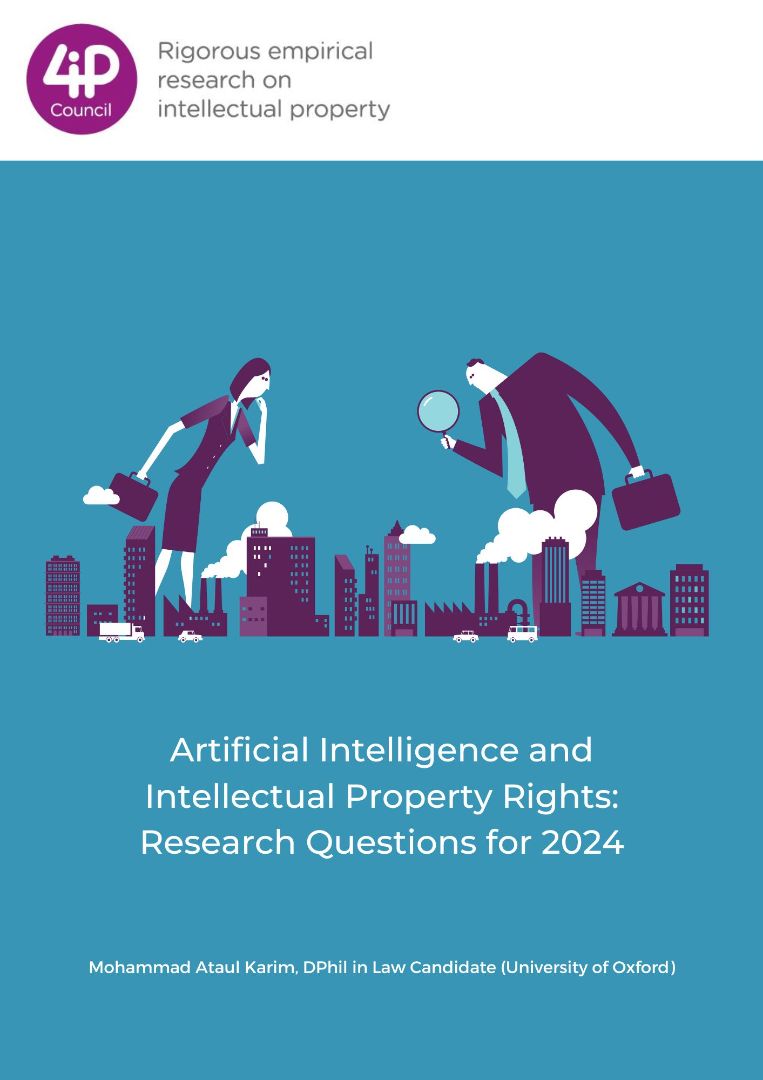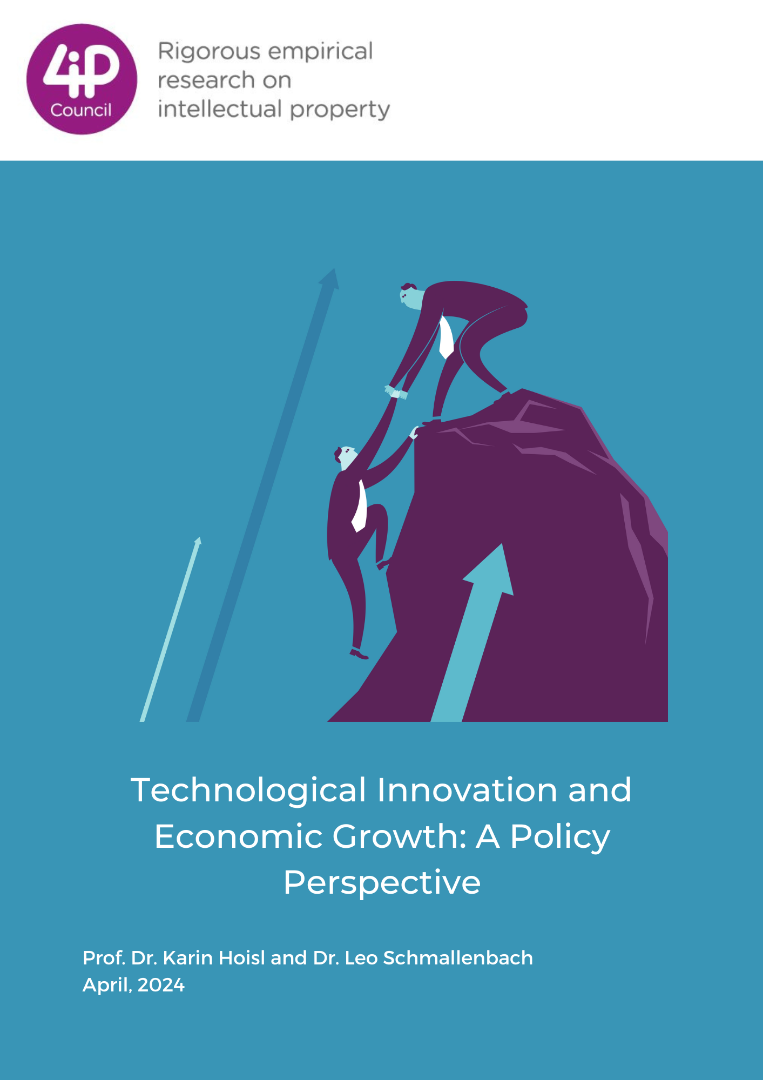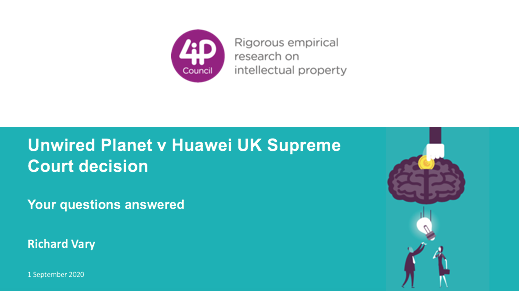Webinar organised by 4iP Council and the European Law Students’ Association (ELSA)
As you know, more and more things are getting connected thanks to the Internet of Things (IoT). In the last decade, more and more sectors are incorporated these technologies, to enhance their products and/or services. We enjoy or are about to see intelligent transport systems, autonomous driving, more secure solutions, ‘smart’ agriculture, smart factories, health solutions, and cities. The economic benefits are huge. It is expected that IoT incorporated products and services generates between 5.5 to 12.6 trillion USD benefit to the global economy by 2030. Automotive, for instance, is expected to earn between 450 to 750 billion USD yearly only for the data connectivity service.
The IoT heavily relies on wireless connectivity, such as 4G or 5G standards. Since these groundbreaking technologies are the result of massive R&D investments, they are often protected by patents. The good news is that these patents are typically available on Fair, Reasonable and non-discriminatory terms and conditions (also known as FRAND terms). FRAND terms are usually determined in bilateral good faith negotiations between owners of standard essential patents (known as SEP holders) and those using the standardized technology (SEP users).
In this webinar we discuss about how to behave as a willing licensee and as a willing licensor, with a focus on the European practice.






